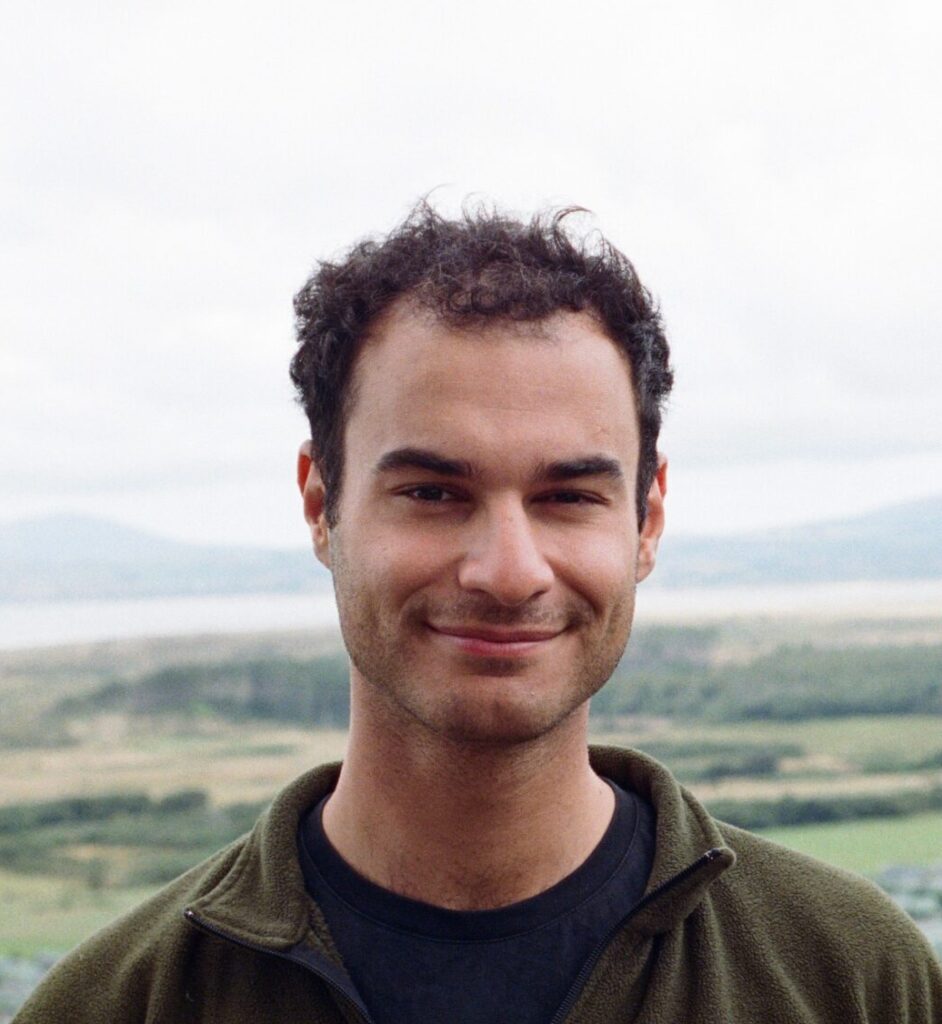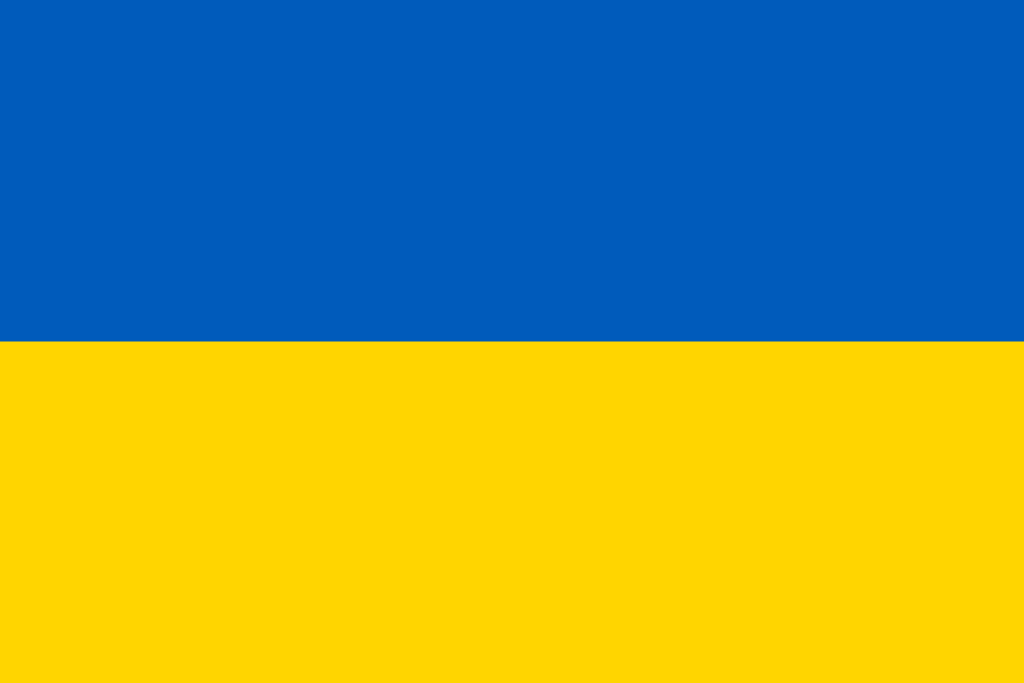31 March 2022
Putin’s Perspective
and where it will lead
by David Emanuel

The perspective
Putin uses Ukraine and Russia’s intertwined history to claim that Ukraine is a part of Russia. That shared history began in 988 when Vladimir I, the Grand Prince of Kyiv, formed the first Slavic State in Kyiv itself. Later, for most of the 18th century, Ukraine West of the Dnieper River was ruled by Poland. Russia reconquered it in 1793. Thus Eastern Ukraine has more of a Russian identity and is closer to Russia, and Western Ukraine is more European.
In July 2021 Putin himself claimed in an essay that Ukrainians and Russians are “one people – a single whole.” He sees Russians, Ukrainians, and Belarusians as descendants of Ancient Rus “bound together by language (Old Russian), economic ties, the Rurik dynasty, and the Orthodox faith.” By virtue of being one people, Putin would claim that Russia can legitimately influence Ukraine even to the point of interfering in its internal affairs.
The way Putin and his government regard Ukraine has also been influenced by the Soviet era of Russian history. When establishing the USSR in the early 1920s, Lenin recognised Ukraine as a separate state in the Union as a means of quelling a resurgence of nationalist movements that emerged after the collapse of Tsarist Russia, whilst in practice he did not want them to be independent at all. In Putin’s eyes, the fact that Ukraine is an independent state is a Bolshevik mistake and gave a people, who are inherently Russian, a national identity based on an error.
After the Soviet Union dissolved in 1991, having a legitimate interest to safeguard Russian communities in the “near-abroad” became a foundational principle of post-Soviet Russian foreign and security policy. That is why Russia’s main casus belli for invading Ukraine was to protect Ukraine’s Russian communities from Ukrainian nationalists and neo-Nazis, who are said to have thrived following the collapse of the Russian sympathetic Yanukovych regime in 2014.
Controlling the “near-abroad” also suits Russia’s strategic interests, for its obsession with its border regions is neither new nor unfounded. Since the days of Imperial Russia, being the object of “aggressive imperial desires of neighbouring states” had a profound effect on Russian threat perceptions, the more notable attempts being made by Napoleon and Nazi Germany. That attitude persists and explains in part why Russia is so protective over its border regions. In 2007 the Russian Chief of the General Staff said that the main threat to Russian security is the desire of the US to gain “a foothold in regions where Russia traditionally is present”. Ukraine is a useful buffer for the Russians against the type of attack it has faced historically. The problem with buffer states is that they can be susceptible to enemy interference. Whether Western states have been involved in asymmetric warfare to spread NATO and the EU’s influence Eastwards or not, Ukraine has sought to move away from Russia and towards the West. Russia sees this as a grave threat to its security and is currently demonstrating how far it will go to ensure that Ukraine cannot be used as a springboard by foreign powers to attack Russia and its interests.
Another facet of that strategic culture is Russia’s need to be powerful enough to discourage such aggression, which can only be achieved by being the dominant power in its sphere of influence. It is no secret that Putin sees his task as restoring Russia to its former imperial glory. By resisting encroachment by NATO and the EU, and stamping out nationalist movements perceived to be illegitimate, Putin is ensuring Russian dominance over the region. Further, Russia wants the US to see it as a number one threat, so its demands are considered seriously. Restoring Russia to its former glory is not merely an attempt by Putin to romanticise the days when it was at its peak, but a matter of strategic necessity to guarantee a credible deterrent to those countries that would seek to undermine it.
What Russia hopes to achieve.
Before deciding to invade Ukraine, Russia had hoped to destabilise the country to such an extent that it would be easy to control its internal affairs to suit Russian interests. After the fall of the pro-Russian Yanukovych government in 2014 Russia stepped up its asymmetric interference in Ukraine whilst simultaneously annexing the Crimea and supporting two regions, Donbas, and Luhansk, in an attempt to break away. Unfortunately for Putin, rather than destabilise Ukraine further, those actions made the rest of Ukraine much less pro-Russian. Hence, Ukraine remained in a state that could not satisfy Russian security interests.
Therefore, Putin has no interest in annexing all of Ukraine and the war is not one of conquest in a territorial sense. Its purpose is to ensure Ukraine remains the buffer it has been historically, like Belarus. What he hopes to achieve is a forcible regime change in Kyiv to install a government that will not hesitate to bow to Russian desires, whilst keeping the West at arm’s length. That is why from the war’s outset there were teams of mercenaries and special forces roaming Kyiv in search of President Zelensky.
The Outcome
Predicting the War’s outcome means addressing various scenarios; they include a long war following the Russian military stalling, a diplomatic solution, or Putin being ousted as President of Russia. At the time of writing, based on the conflict’s background and Russia’s agenda, a long war seems the most likely outcome. Russia never envisaged a protracted conventional war with Ukraine and expected to seize government of the country quickly before the international community had a chance to react. In 2014 Putin said in response to a discussion of troop movements, “if I wanted to, I could take Kiev in two weeks”.
Unfortunately, as Russia has become more desperate, their military tactics have become more brutal, with increasingly indiscriminate attacks on areas containing civilians. There are even reports of Russian intentions to use chemical weapons, although these appear to be speculative at this stage. This represents a change in tactics and signals that Russia is content to fight a war of attrition, one that it will almost certainly win due to the sheer size of its military and the capabilities it holds. Once Russia had beaten Ukraine into submission, it would install a government and leave enough forces in country to keep the government in power and crush any insurgency using brutal tactics. Donetsk, Luhansk, and Crimea would likely become permanent Russian territory.
Aside from outright military defeat, which is unlikely, there are two ways the war could end without a Russian military victory. First, by agreement. Although peace talks are taking place, Putin will not consider withdrawing from Ukraine completely. The only foreseeable resolution if Russia became desperate, would involve Ukraine ceding Donetsk, Luhansk, and Crimea to Russia. Even then, this would likely be viewed as a defeat by those in Russia that support the war, which would prove a grave risk to Putin’s position as president.
Second, it is no secret that the war in Ukraine has divided public opinion in Russia with people engaging in open protest against the government in a manner not seen before. Further, agents from the FSB who are against the war have even tipped off the President of Ukraine’s security team about attempts on his life, allowing their evasion. There has been more open protest by members of the FSB than ever before, albeit anonymously. It is not inconceivable that, should those dissatisfied officials gain enough support, Putin could be toppled.
For NATO and the US there is no short-term interest in Ukraine that would justify military incursion. But the biggest mistake made by the West was to declare that they would not send forces to defend Ukraine if Russia invaded, which effectively gave Putin a green light to do as he pleased. The main consequence from a Western perspective is Russia’s flagrant disregard for the international legal norms which have been painstakingly built since the end of World War II. If Russia is not stopped in Ukraine, who will be next? Russia has employed similar tactics in relation to numerous other states in its border region.
Despite the West’s reluctance to get its own soldiers involved in fighting in Ukraine, the UK has led the charge in the West’s counter strategy. Operation ORBITAL, the British military assistance to Ukraine, delivered extremely well. There is no doubt that this has contributed to Ukrainian tactical successes. This has demonstrated the effectiveness of defence engagement as a weapon, albeit a passive one, and adds weight to the British Army’s decision to expand the capability. Whether Russia will employ the same levels of aggression towards other states in its border region will depend on how bloody a nose it receives in Ukraine. That is why the West must make Russia’s flouting of the rules as painful as possible, to make it less able to sustain further similar attacks.
Another option floated early in the conflict in Western defence circles was to create Western backed safe zones in Western Ukraine. In a Berlin Airlift style operation, Ukraine would be provided with enough equipment, particularly anti-armour anti-air systems, to hold key areas of the country including Lviv and Odessa. Undertaking such an operation is looking increasingly likely now that Russia has admitted to its attacks stalling completely and its primary focus shifting from Kyiv to the East of the country. Ukrainian intelligence now believes Russia seeks to divide the country and occupy the East.
Ultimately, Russia will get what it wants whatever the human cost. It still possesses considerable military might and will win a war of attrition. Whether Ukraine remains with a civilian population or infrastructure does not matter to Putin, but simply whether it can be prevented from ever harbouring Western troops. Despite a shaky start, NATO has stood up well to Russia through its support to the Ukrainian Army. In addition to deterring any future Russian aggression in other Russian border-states it can also consolidate on any part of Ukraine that is left under control of the current government.


